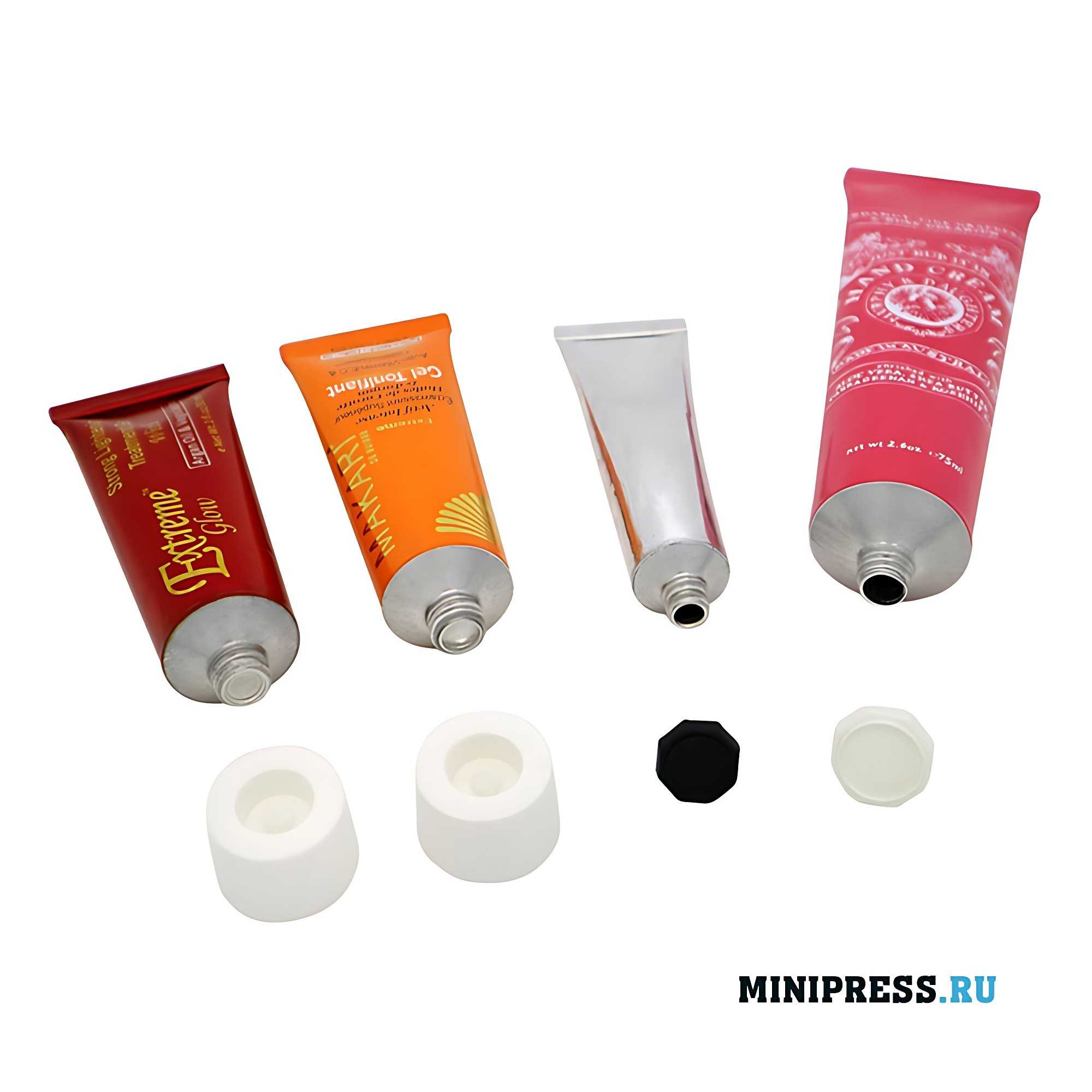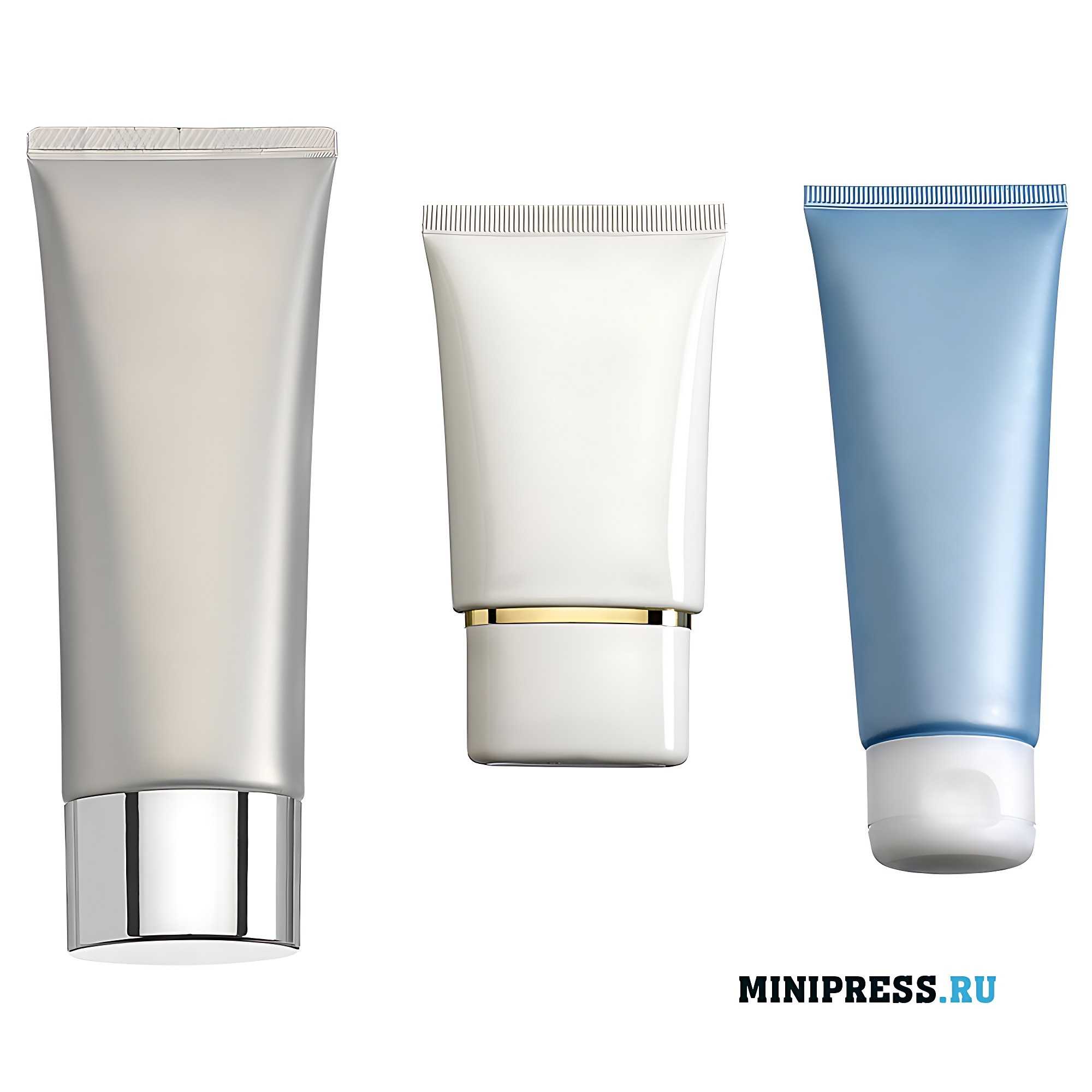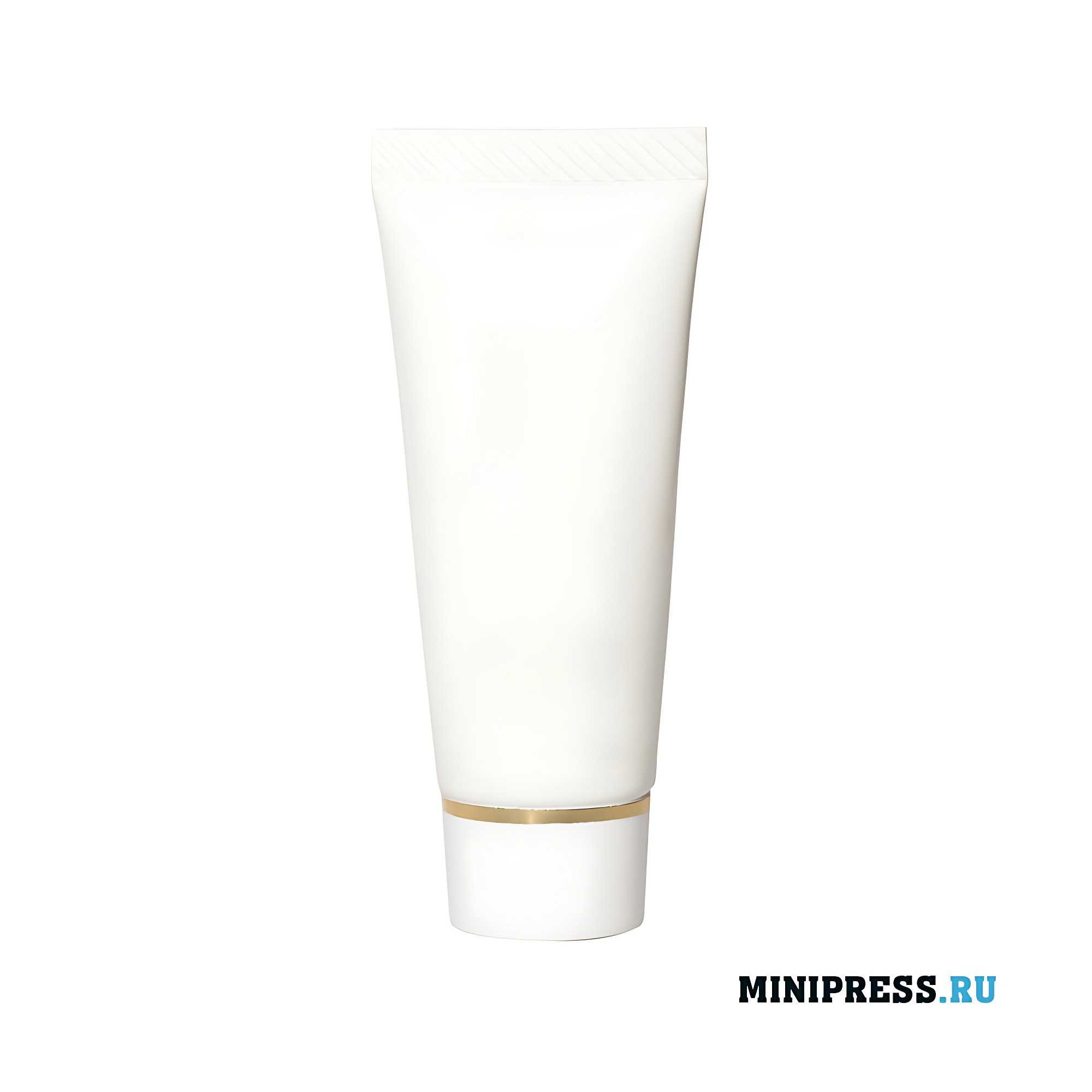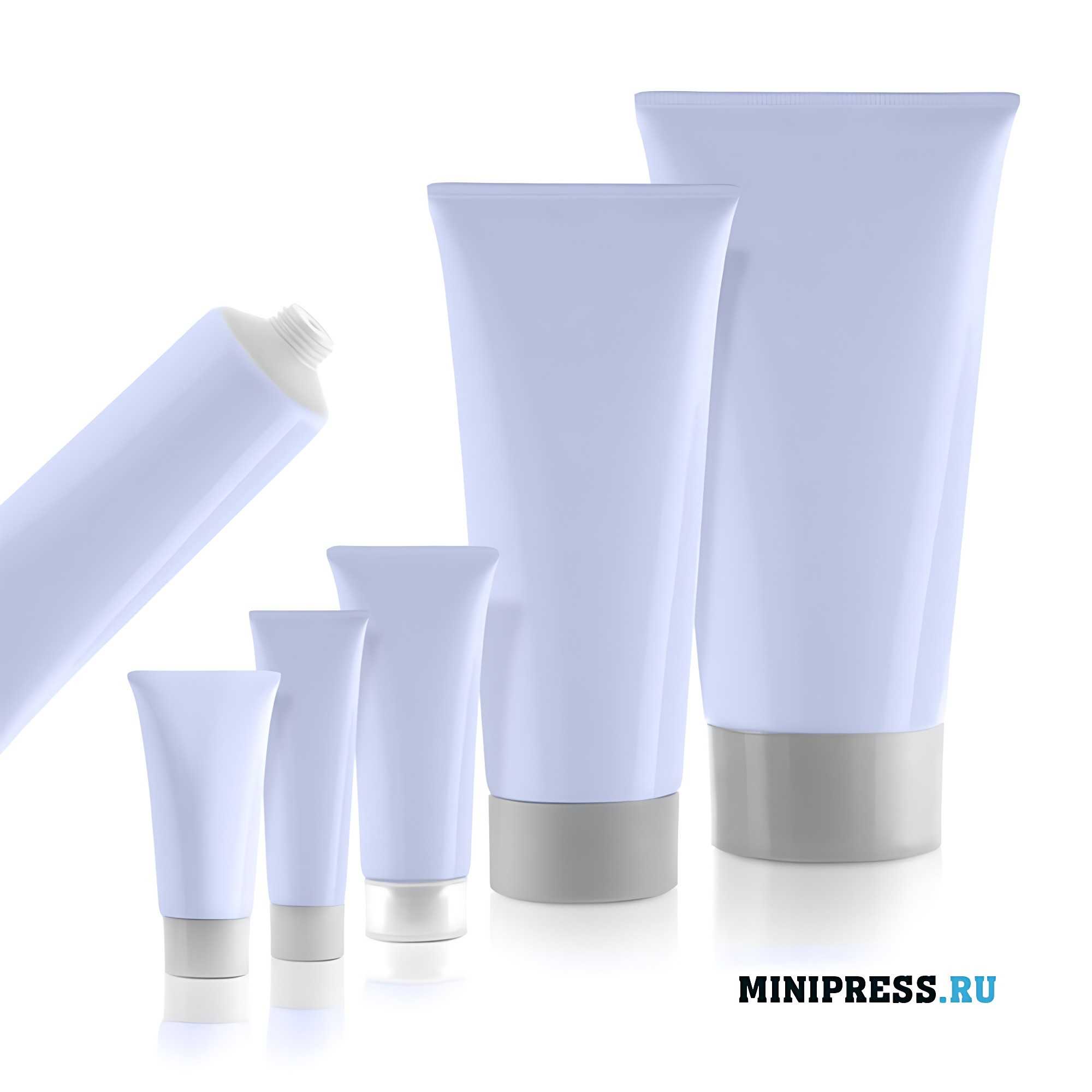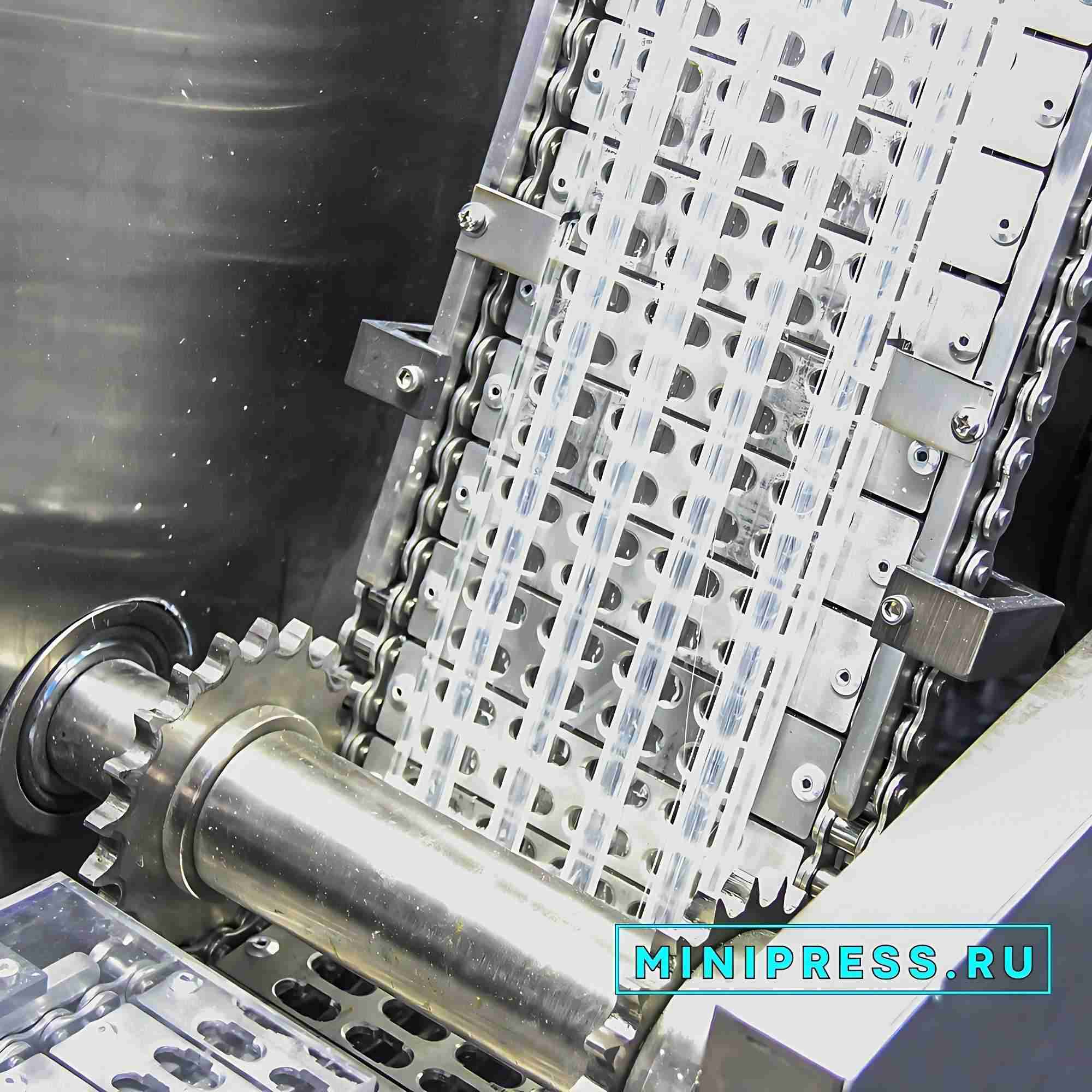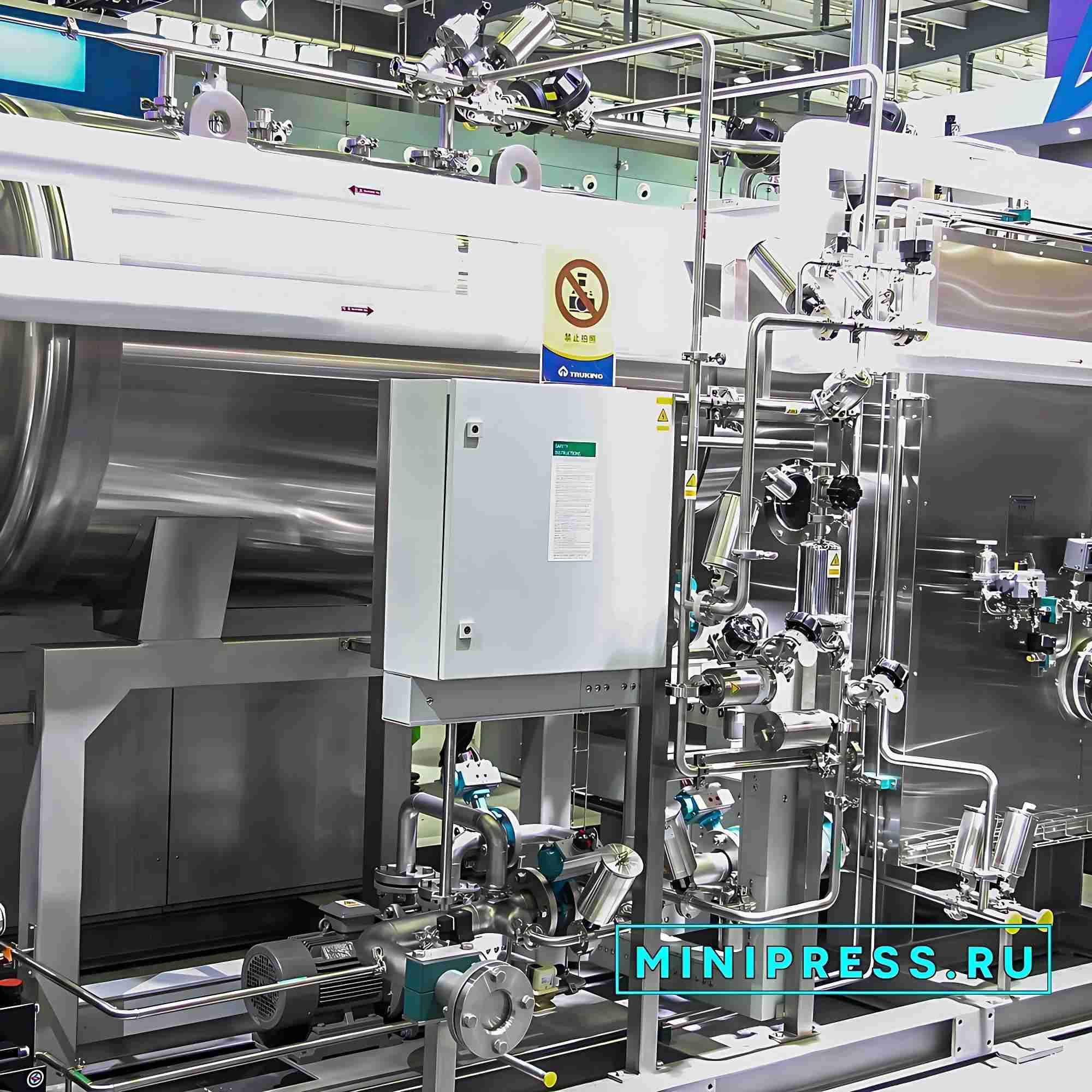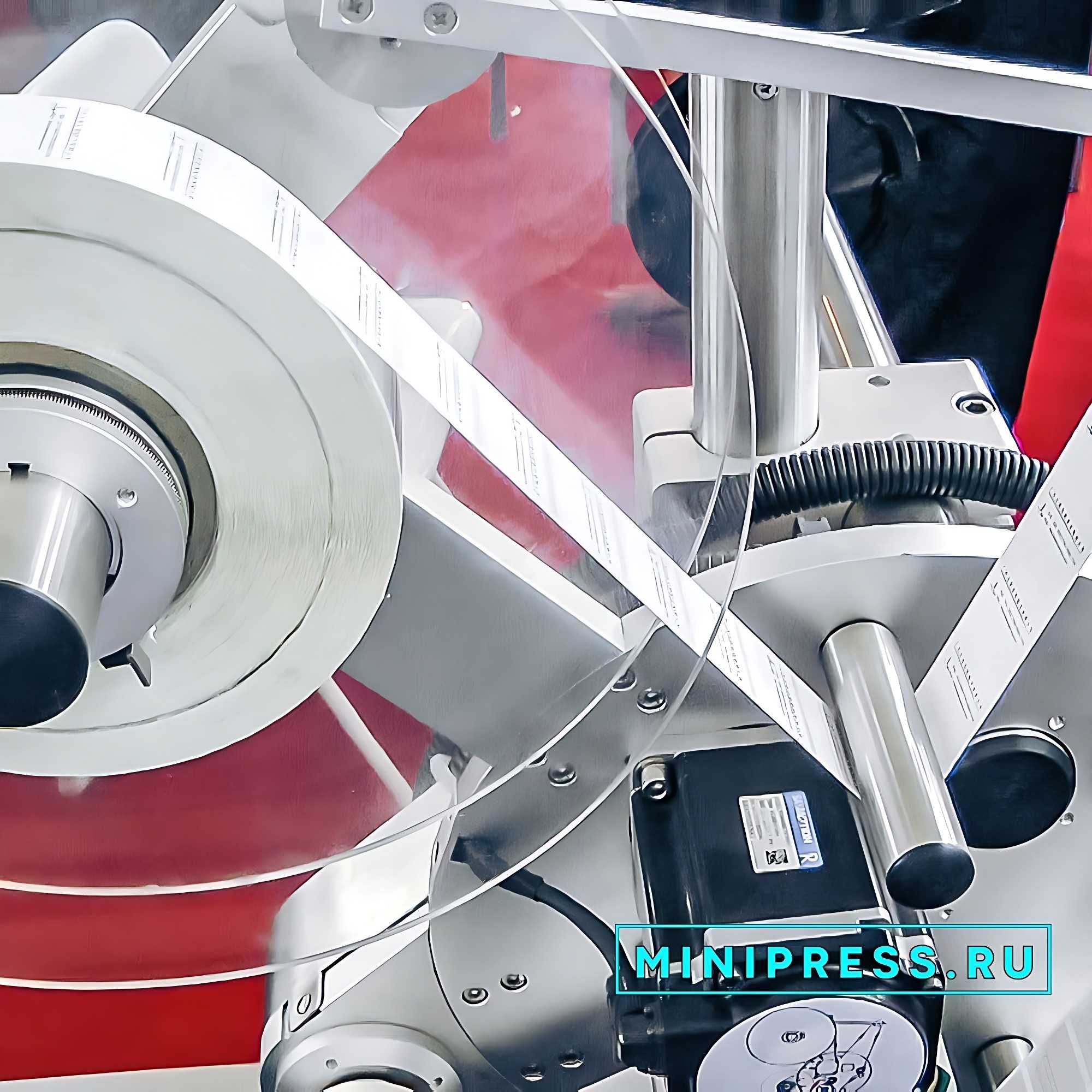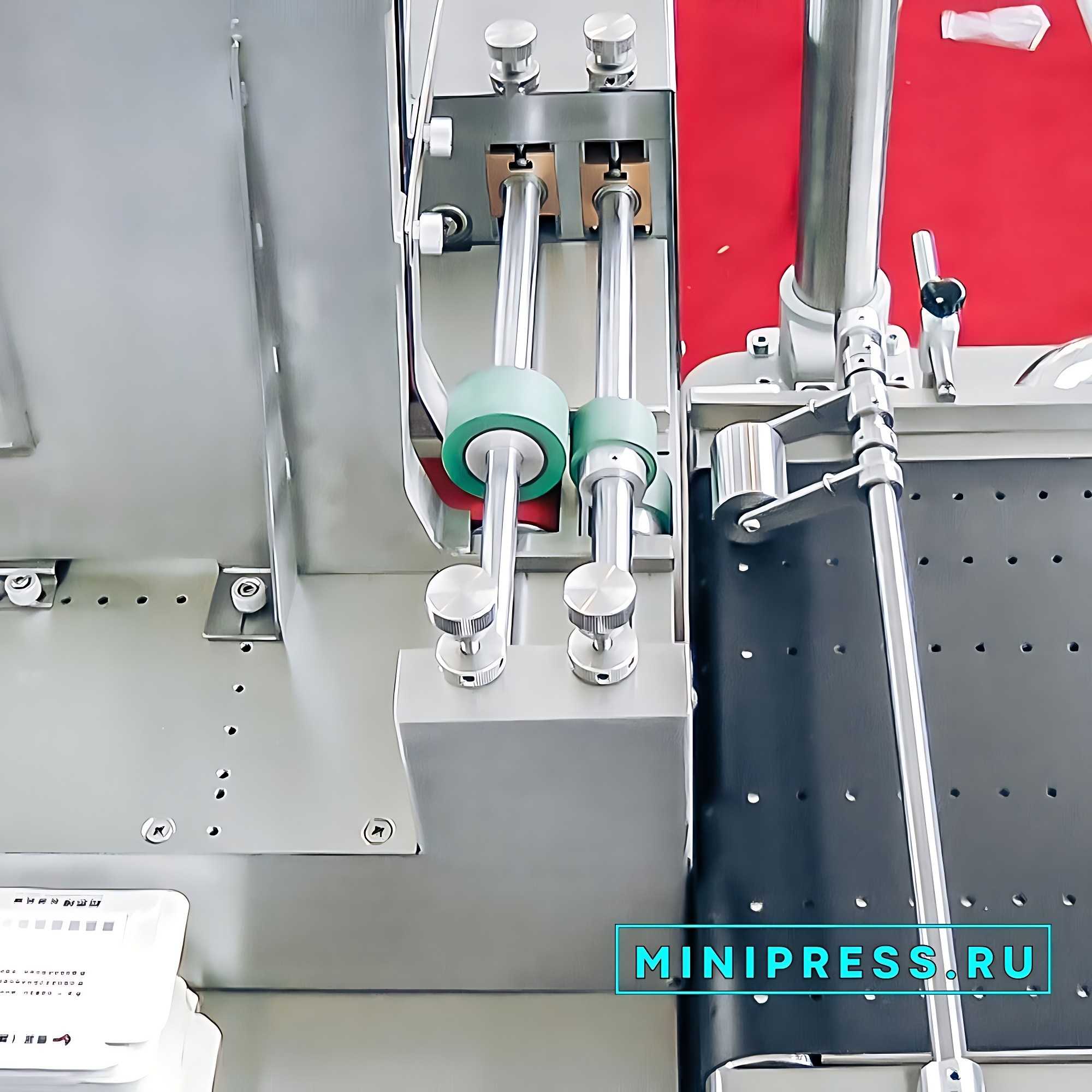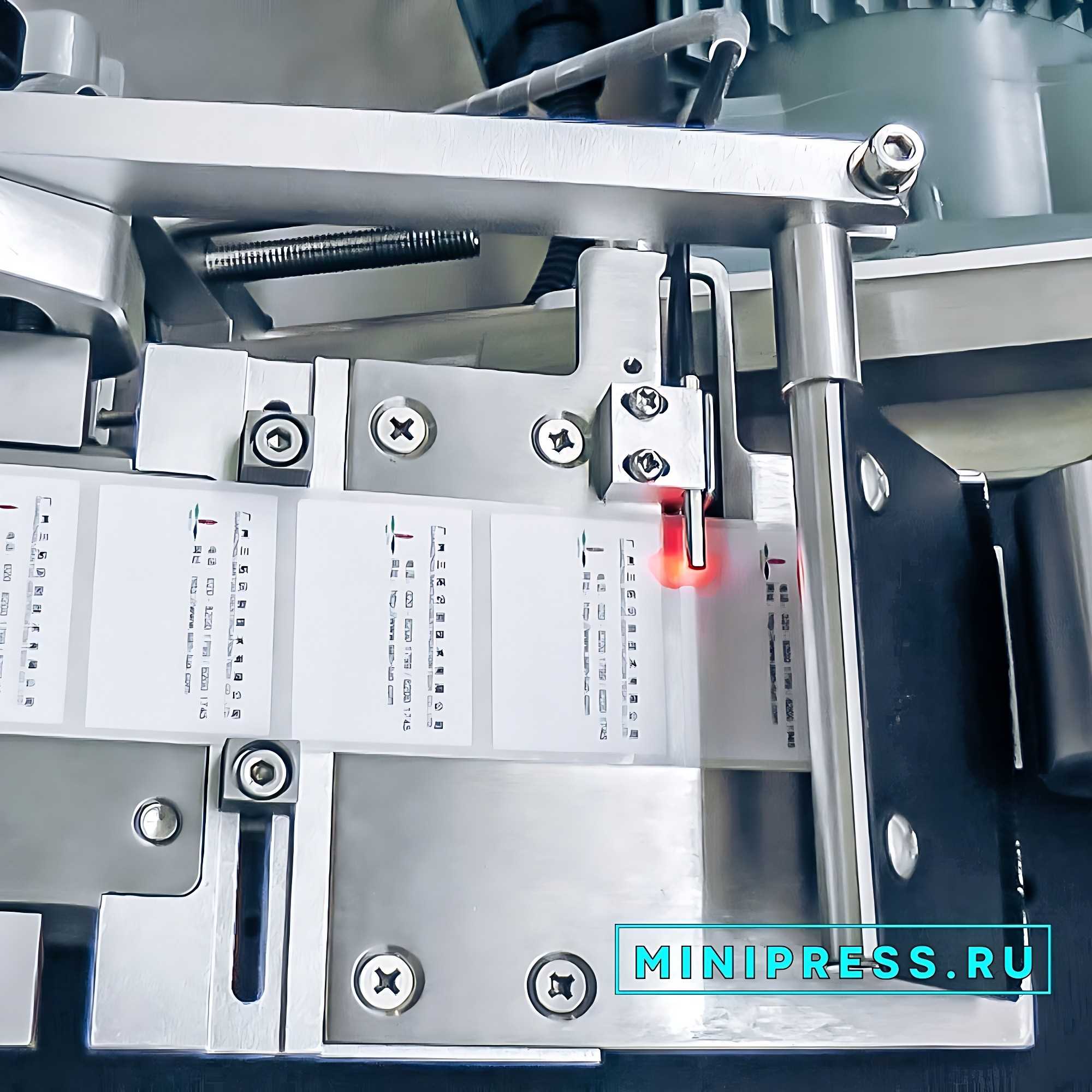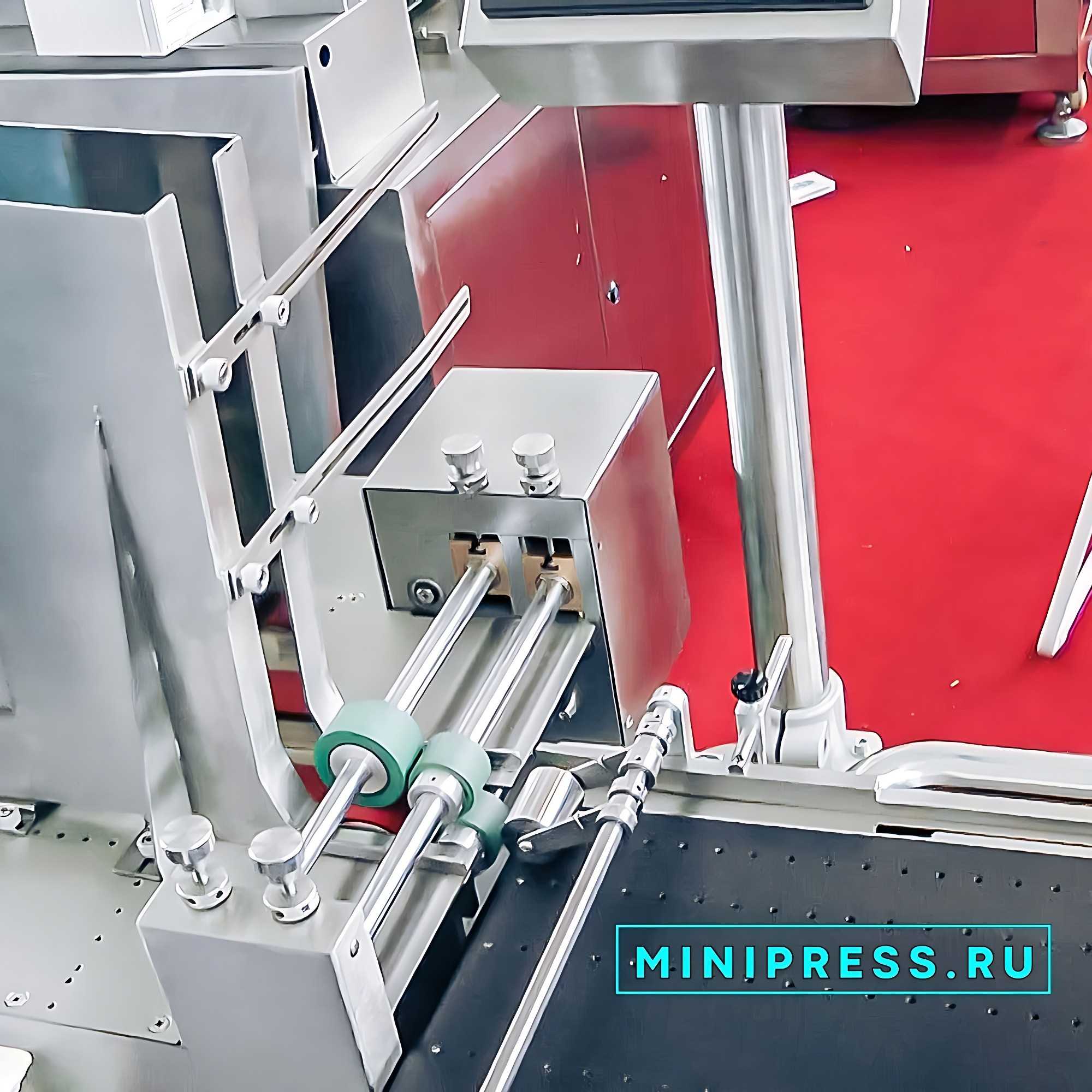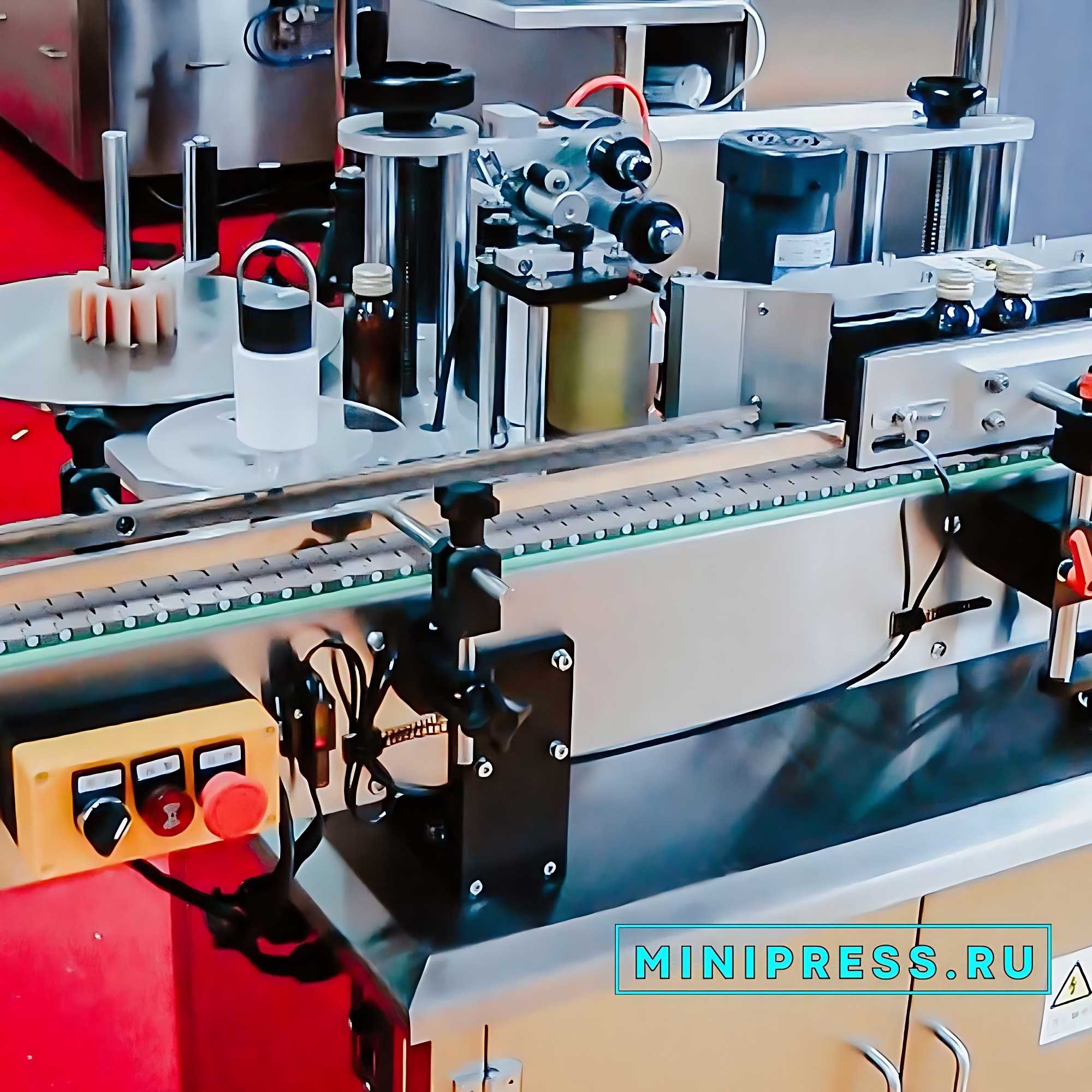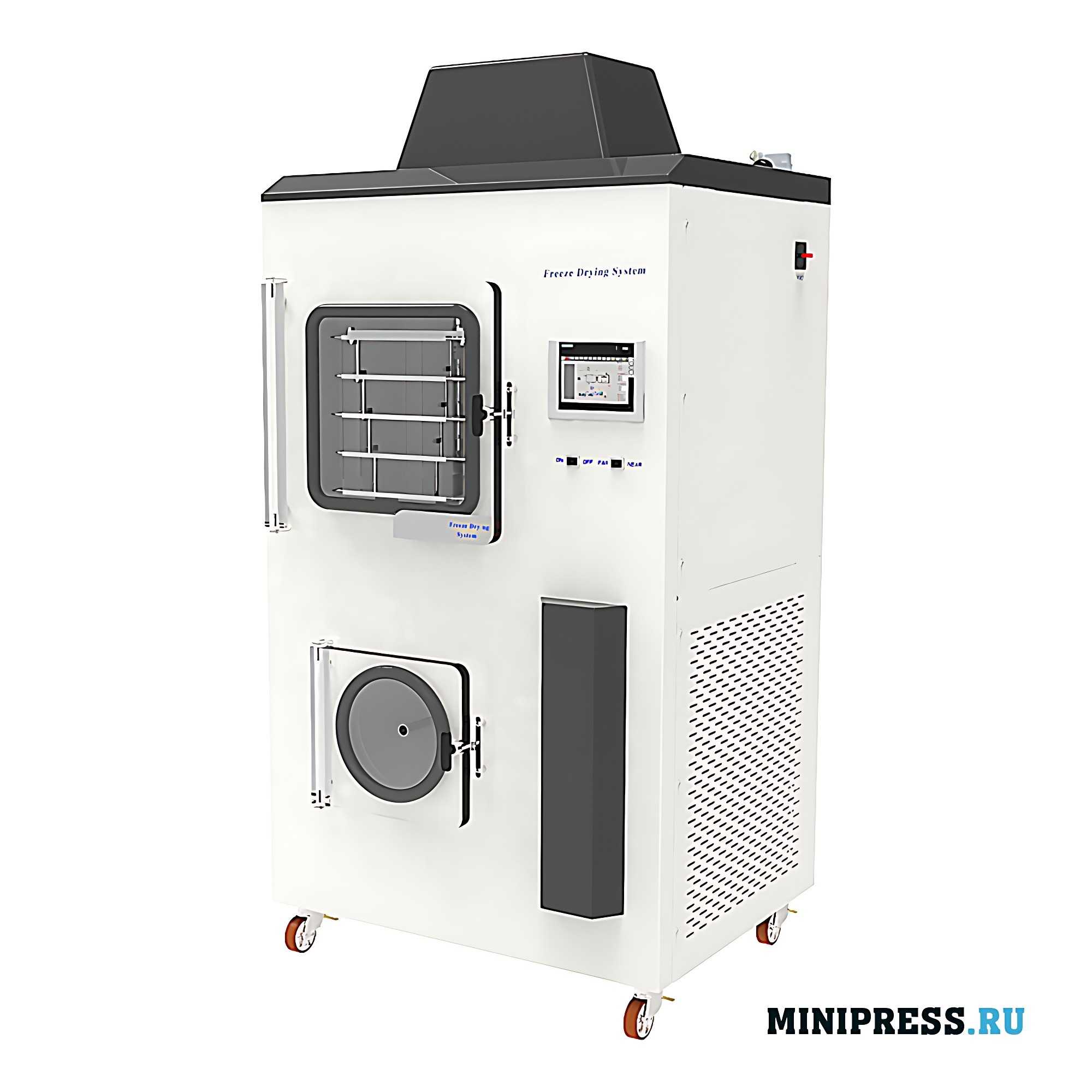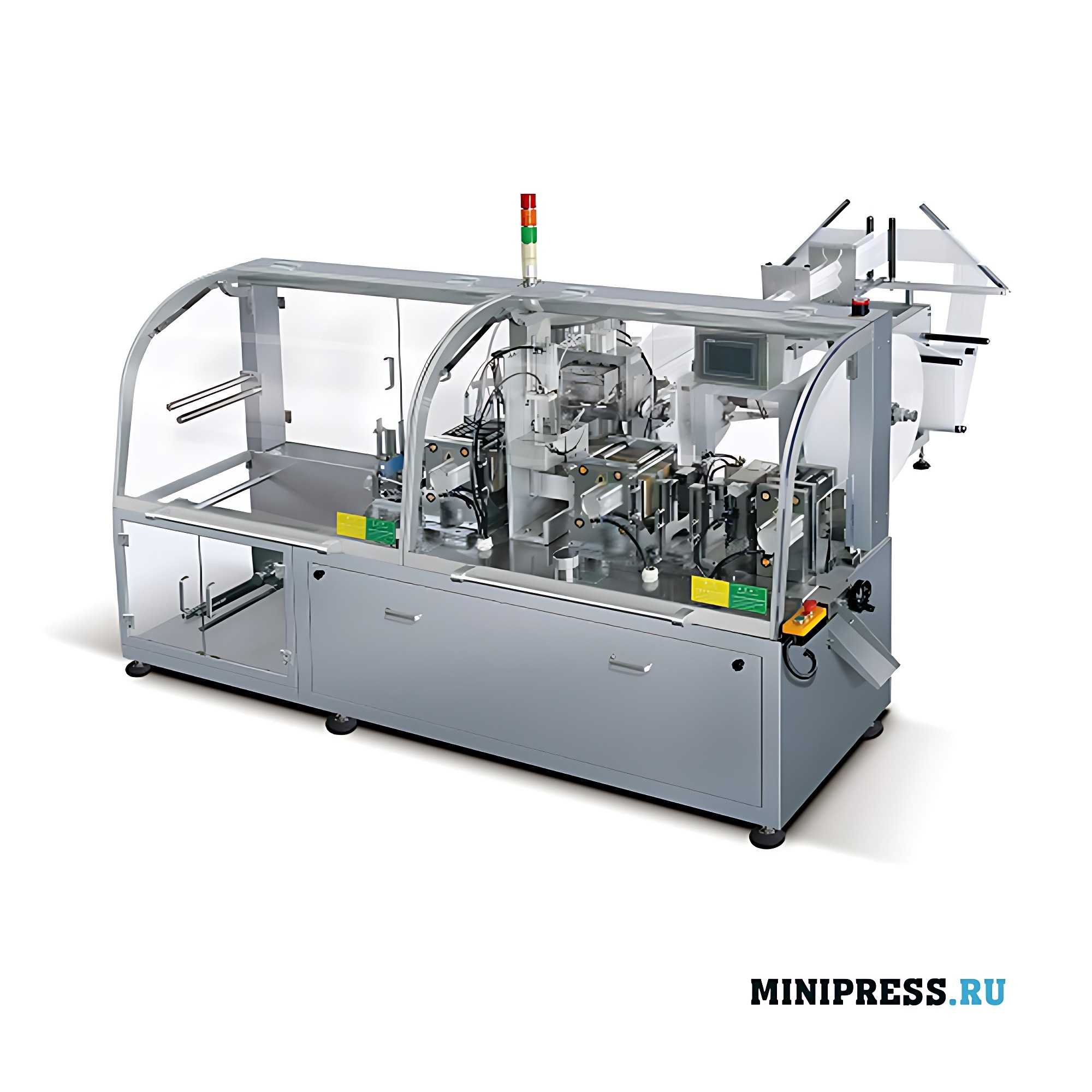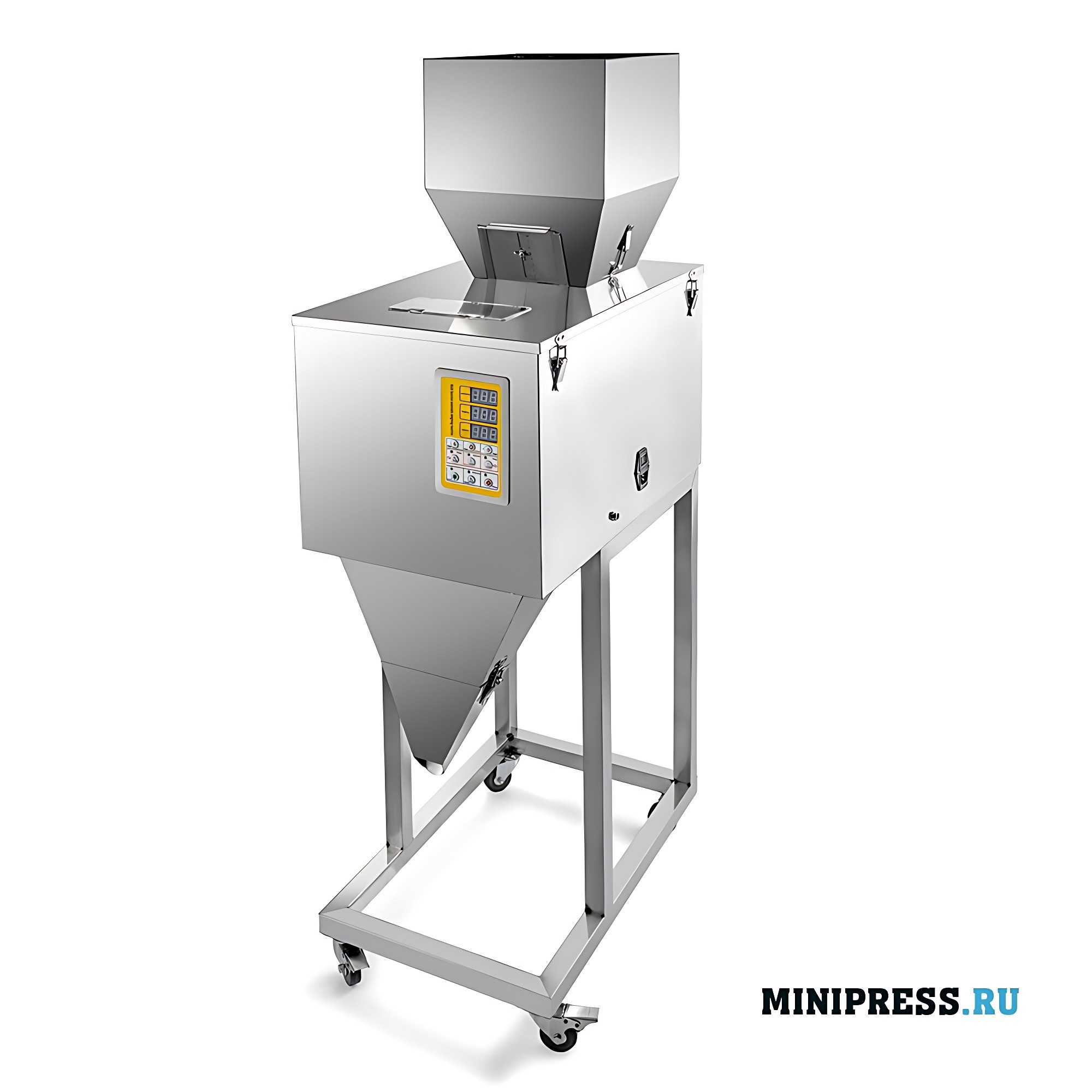 Video review of the model
Video review of the model
 Our service and customer service
Our service and customer service
Ozokerite contains sulfur and resins and is used as a sealant. Cerezin is obtained from ozokerite by additional purification. It is an amorphous colorless brittle mass with a melting point of 68-72 °C. Cerezin resembles beeswax in properties and is used as a sealant. Artificial vaseline is an alloy of paraffin, ozokerite and ceresin in various ratios. The most qualitative is artificial petroleum jelly with ceresin. Polyethylene or polypropylene gels are alloys of low molecular weight polyethylene or polypropylene with mineral oils. They are fairly indifferent and compatible with a number of drugs. These gels, like petroleum jelly, can be used for superficial ointments. Naphthalan refined oil is a thick syrupy liquid of black color with greenish fluorescence and a specific odor. It is well mixed with fatty oils and glycerin and has a local anesthetic and antimicrobial effect. To obtain ointment base naphthalan oil is thickened with paraffin or vaseline.
Silicone bases are high molecular weight organosilicon compounds. They are used as a constituent component of complex ointment bases. They form homogeneous alloys with vaseline or anhydrous lanolin and mix well with fatty and mineral oils. Silicone bases are obtained by two methods: fusion of silicone liquid with other hydrophobic components and thickening of silicone liquid with aerosil. The most widely used silicone liquids are Esilon-4 and Esilon-5, which have the best compatibility with drugs and other components of bases. In appearance they are colorless transparent oily liquids without odor and taste. Their advantages are high stability, chemical indifference and heat resistance. In addition, they do not disturb physiological functions of the skin, do not have an irritating effect, little disruption of gas exchange and do not go rancid.
Esilons are miscible with ether, chloroform, vaseline oil and are not miscible with water and glycerin. The disadvantages of esilons include slow release of drug substances, so they can be used only for ointments of superficial action.
They also cause lesions to the conjunctiva of the eye, hence cannot be used in ocular ointments. Thus, these substances by physicochemical properties are close to hydrocarbon bases, and by speed and depth of absorption of drugs – to fatty bases.
 Pharmaceutical Glossary
Pharmaceutical Glossary
 Technical specifications
Technical specifications
The consistency of hydrogenated fats depending on the conditions of hydrogenation can be different – from semi-liquid to solid. Having positive qualities of animal fats, they are characterized by greater stability, better mixed with water, but worse absorbed.
Waxes are esters of fatty acids and higher monoatomic alcohols. Waxes are chemically inert, and many of them mix well with water. Waxes fuse well with fats and carbohydrates and serve to thicken ointments and increase their viscosity. Waxes include anhydrous lanolin and beeswax. Anhydrous lanolin is an animal wax obtained by washing sheep’s wool. It is a thick, viscous brownish-yellow mass with a peculiar odor and is distinguished from other waxes by its high content of sterols (particularly cholesterol). Lanolin melts at a temperature of 36-42 “C, well absorbed into the skin and has a softening effect. The composition of lanolin is very complex and has not been fully studied to date. Basically, it is a mixture of esters of high-molecular alcohols (cholesterol, isocholesterol, etc.) with higher fatty acids (myristic, palmitic, cerotinic, etc.) and free high-molecular alcohols. In terms of properties, lanolin is close to human sebum. Chemically it is quite inert, neutral and stable during storage. The most valuable property of lanolin is its ability to emulsify up to 180-200 % (of its own weight) of water, up to 140 % of glycerin and about 40 % of ethanol (70 % of concentration) to form water-in-oil emulsions. Addition of a small amount of lanolin to fats and hydrocarbons sharply increases their ability to mix with water and aqueous solutions. The disadvantages of anhydrous lanolin as a base are high viscosity and difficulty of smearing, which does not allow to use it in its pure form. Beeswax is extracted by melting emptied bee honeycomb. It is a solid brittle mass of dark yellow color with a characteristic honey odor and melting point of 62-68 ° C. It becomes plastic at a temperature of 35 °C. At a temperature of 35 ° C it becomes plastic. Beeswax. is a mixture of esters (High molecular weight alcohols and palmitic acid, and also contains cerotinic acid. It has a slight emulsifying property and increases the absorbency of water-based liquids. White wax-derived from yellow wax by bleaching it in sunlight. It is inferior in quality to yellow wax because it becomes contaminated and partially rancid during bleaching. It is also more fragile.
 Additional information
Additional information
Hydrocarbon bases are similar in appearance and consistency to fats. They are mixtures of solid or solid and liquid limiting hydrocarbons. These bases are characterized by high chemical resistance, stability and compatibility with most drugs, but they are almost not absorbed by the skin and difficult to wash off.
The most widely used are the following bases: petroleum jelly, solid paraffin, vaseline oil, ozokerite, ceresin, artificial petroleum jelly, polyethylene or polypropylene gels and refined naphthalan oil. Vaseline is obtained as a result of petroleum refining. It is a homogeneous viscous stretching mass with a melting point of 37-50 “С. Vaseline is of two types: yellow and white. White petroleum jelly is obtained from yellow petroleum jelly by bleaching it.
By their properties, both types are the same. Vaseline is chemically indifferent, stable in storage and when melted forms a transparent liquid with a faint odor of paraffin and oil. Vaseline mixes with fats and fatty vegetable oils (except castor oil), slowly and does not fully release drug substances, so it can be used only for ointments of superficial action. Skin it is almost not absorbed, has no irritant effect and poorly mixed with water, in connection with which it is often combined with lanolin. This allows to increase the absorption of drugs from ointments. The disadvantages of petroleum jelly include violation of the physiological function of the skin. Many researchers note that the more in the composition of petroleum jelly includes solid paraffins and ozokerite, the worse it is in quality. Vaseline often causes allergies, it should not be used by people with dermatitis, eczema and sensitive skin. Vaseline is poorly removed from the place of application. If 60% of human skin is smeared with petroleum jelly, it can be fatal. For eye ointments, a special grade of Vaseline of the highest purity is used. Solid paraffin is also obtained during oil refining. It is a white solid fine-crystalline mass, greasy to the touch with a melting point of 50-57 ° C. Paraffin is chemically resistant. Paraffin is chemically resistant, is not saponified by caustic alkalis and does not mix well with water and other substances. Paraffin is used as a sealing agent for ointment bases. Vaseline oil (liquid paraffin) is a colorless oily liquid that softens ointment bases. Vaseline oil is mixed with fats and vegetable oils (except castor oil) and has all the disadvantages of petroleum jelly.
Ozokerite (mountain wax) – is a wax-like mineral of dark brown color with the smell of oil and melting point 50-65 “C. Chemically, it is a mixture of high-molecular hydrocarbons.
Order status tracking
Hello Roman! Thank you for the service and quality of your products. We are very happy and satisfied with the purchase! 08/05/2024 14:35
Hello Abigail, Apparently you have tested your vacuum lyophilic dryer LZY-01. Its quality is above average, it will work. We are waiting for your new applications. 08/05/2024 14:35
I would like to discuss the purchase of model FK-05 - capping and screw cap machine. 08/05/2024 14:45
Good day. You can call on tel. +79853643808 or to the mail specified on the site. Savannah, this chat is only for tracking shipments. 08/05/2024 14:46
Tell me the NJ-120 automatic capsule machine went ? 08/05/2024 14:55
Alexander, good afternoon. Yes, already after lunch you will receive it. Taking into account the heavy weight of the equipment, we ask you to take care of unloading by forklift in advance. The transportation company does not provide unloading. Only delivery to the address. 08/05/2024 14:56
Horizontal granulator for organic fertilizers JU-80, the price is up to date ? Delivery time to Frankfurt? Urgent. 08/05/2024 15:05
Victoria, Please read carefully the description of this model in our catalog. Prices are current. Timing 1-1.5 months. 08/05/2024 15:08
I'm waiting to get my XL-12 plastic bottle filling and capping machine to Mont St. Michel, then I want to buy an automatic capsule machine model GN-28 08/05/2024 15:15
Good afternoon, Emma! On the first question - the shipment will arrive in Mont St. Michel in the interval from 14:00-16:00. On the second question - the model GN-28 will be processed under a new contract ? Contact the office. 08/05/2024 15:18
Granulator for wet granulation ZL-25 and Mixer V-shaped for powders VM-05 under contract No. 15 inform. 08/05/2024 15:25
Hello Oliver, The shipment has arrived at the customs terminal, after lunch is scheduled to be transferred to the transportation company. 08/05/2024 15:28
Horizontal granulator for organic fertilizers JU-80, the price is up to date ? Delivery time to Saint Petersburg? Urgent. 08/05/2024 15:35
Samuel, Please read carefully the description of this model in our catalog. Prices are current. Timing 1-1.5 months. 08/05/2024 15:37
When purchasing the RY-200 centrifugal type powder granulator, I asked for tests on our powder 08/05/2024 15:45
Hello Aurora, Please send 2 kg of your raw material to the address given to you by Natalia. After the test, the engineer will inform you about the results. 08/05/2024 15:48
Dear Roman, how are you doing? Our company bought more than a year ago a filling and capping machine for penicillin vials, model XL-10. We got financing this year and want the same machine. Will you give us a discount? 08/05/2024 15:55
Muhammad, thank you. We're doing great. Of course we will give a discount to the regular customer. Delivery of equipment also in Austin ? Contact Natalia, she will send the contract and invoice. 08/05/2024 15:58
I'm waiting to get my XL-12 plastic bottle filling and capping machine to London, then I want to buy an automatic capsule machine model GN-28 08/05/2024 16:05
Good afternoon, Wyatt! On the first question - the shipment will arrive in London in the interval from 14:00-16:00. On the second question - the model GN-28 will be processed under a new contract ? Contact the office. 08/05/2024 16:06
- BOTTLE FILLING AND CAPPING EQUIPMENT
- EQUIPMENT FOR PRINTING LOGO ON TABLETS AND CAPSULES
- EQUIPMENT FOR THE PRODUCTION OF TABLETS
- EQUIPMENT FOR FILLING HARD GELATIN CAPSULES WITH POWDER
- EQUIPMENT FOR FILLING CREAMS AND SEALING PLASTIC TUBES
- MACHINES FOR THE PRODUCTION OF SUPPOSITORIES
- EQUIPMENT FOR COUNTING AND PACKAGING TABLETS AND CAPSULES IN BOTTLES
- SPRAY DRYING EQUIPMENT FOR SUSPENSIONS
- EQUIPMENT FOR PACKING POWDERS INTO VIALS
- EQUIPMENT FOR COATING TABLETS
- AUTOMATIC EQUIPMENT FOR REMOVING TABLETS AND CAPSULES FROM BLISTERS
- EQUIPMENT FOR FILLING AND SEALING GLASS AMPOULES
- EQUIPMENT FOR POLISHING AND DEDUSTING TABLETS AND CAPSULES
- MACHINES FOR FORMING AND FILLING PLASTIC AMPOULES
- HIGH-PRECISION DOSING MACHINES POWDER FILLING MACHINES
- EQUIPMENT FOR PACKAGING TABLETS AND CAPSULES IN PLASTIC BOTTLES
- EQUIPMENT FOR WASHING AND STERILIZING BOTTLES
- EQUIPMENT FOR EFFICIENT MIXING OF POWDERS
- EQUIPMENT FOR AUTOMATIC BOTTLE FEEDING FOR FILLING LINES
- EQUIPMENT FOR VACUUM TRANSPORTATION OF POWDERS
- EQUIPMENT FOR SCREW FEEDING OF POWDERS
- AUTOMATIC PHARMACEUTICAL CENTRIFUGES
- POWDER GRANULATION EQUIPMENT
- EQUIPMENT FOR HOMOGENIZING CREAMS AND OINTMENTS
- FLOW-PACK PACKAGING MACHINES
- EQUIPMENT FOR WRAPPING CARDBOARD BOXES WITH CELLOPHANE
- EQUIPMENT FOR FILLING AND PACKAGING HERBAL TINCTURES
- AUTOMATIC EQUIPMENT FOR BLISTER PACKAGING
- EQUIPMENT FOR WEIGHT CONTROL AND SORTING OF CARDBOARD BOXES WITH MEDICINE
- EQUIPMENT FOR INDUCTION SEALING OF ALU FOIL BOTTLES
- EQUIPMENT FOR PACKAGING PRODUCTS IN A FLOW PACK
- EQUIPMENT FOR VACUUM PACKAGING IN PLASTIC BAGS
- AUTOMATIC CARTONING MACHINES
- EQUIPMENT FOR PACKAGING FOOD PRODUCTS IN DOY-PACK PACKAGES
- EQUIPMENT FOR APPLYING THE EXPIRATION DATE AND BATCH NUMBER TO PRODUCTS
- EQUIPMENT FOR METAL DETECTOR IN GELATIN CAPSULES AND TABLETS
- EQUIPMENT FOR THE MANUFACTURE AND PACKAGING OF WET ALCOHOL WIPES
- EQUIPMENT FOR PACKAGING BULK MATERIALS IN PLASTIC BAGS
- EQUIPMENT FOR PACKING TEA INTO TEA BAGS WITH THREAD AND LABEL
- AUTOMATIC EQUIPMENT FOR SELF-ADHESIVE LABELS ON PACKAGING
- EQUIPMENT FOR PACKAGING TABLETS IN STRIPS AND TUBES
- EQUIPMENT FOR FILLING LIQUIDS IN PLASTIC AND METAL BARRELS
- MACHINES PRINTING EXPIRATION DATE AND LOT NUMBER
- DESKTOP EQUIPMENT FOR MIXING POWDERS
- EQUIPMENT FOR MIXING LIQUIDS WITH MICROWAVE HEATING
- EQUIPMENT FOR AUTOMATIC DOSING OF CREAMS AND OINTMENTS
- MANUAL EQUIPMENT FOR FILLING GELATIN CAPSULES WITH POWDER
- PERISTALTIC PUMPS DISPENSERS
- EQUIPMENT FOR POWDERING PHARMA RAW MATERIALS
- DESKTOP EQUIPMENT FOR HIGH-SPEED EMULSION PRODUCTION
- EQUIPMENT FOR THE PRODUCTION OF FISHING BOILIES
- DESKTOP EQUIPMENT FOR LIQUID DOSING
- EQUIPMENT FOR LABORATORY TESTING OF MEDICINES
- EQUIPMENT FOR VIBRATING SIEVING OF POWDERS
- SEMI-AUTOMATIC EQUIPMENT FOR BLISTER PACKAGING
- SEMI-AUTOMATIC EQUIPMENT FOR FILLING GELATIN CAPSULES
- EQUIPMENT FOR COUNTING AND PACKAGING TABLETS AND CAPSULES IN BOTTLES
- EQUIPMENT FOR POLISHING AND DEDUSTING TABLETS AND CAPSULES
- MACHINES FOR THE PRODUCTION OF SUPPOSITORIES
- AUTOMATIC EQUIPMENT FOR REMOVING TABLETS AND CAPSULES FROM BLISTERS
- EQUIPMENT FOR COATING TABLETS
- EQUIPMENT FOR PACKING POWDERS INTO VIALS
- EQUIPMENT FOR FILLING AND SEALING GLASS AMPOULES
- SPRAY DRYING EQUIPMENT FOR SUSPENSIONS
- EQUIPMENT FOR PACKAGING TABLETS AND CAPSULES IN PLASTIC BOTTLES
- MACHINES FOR FORMING AND FILLING PLASTIC AMPOULES
- EQUIPMENT FOR PRINTING LOGO ON TABLETS AND CAPSULES
- HIGH-PRECISION DOSING MACHINES POWDER FILLING MACHINES
- EQUIPMENT FOR FILLING CREAMS AND SEALING PLASTIC TUBES
- BOTTLE FILLING AND CAPPING EQUIPMENT
- EQUIPMENT FOR WASHING AND STERILIZING BOTTLES
- EQUIPMENT FOR FILLING HARD GELATIN CAPSULES WITH POWDER
- EQUIPMENT FOR THE PRODUCTION OF TABLETS
- EQUIPMENT FOR AUTOMATIC BOTTLE FEEDING FOR FILLING LINES
- POWDER GRANULATION EQUIPMENT
- EQUIPMENT FOR HOMOGENIZING CREAMS AND OINTMENTS
- EQUIPMENT FOR VACUUM TRANSPORTATION OF POWDERS
- EQUIPMENT FOR EFFICIENT MIXING OF POWDERS
- EQUIPMENT FOR SCREW FEEDING OF POWDERS
- AUTOMATIC PHARMACEUTICAL CENTRIFUGES
- EQUIPMENT FOR VACUUM PACKAGING IN PLASTIC BAGS
- EQUIPMENT FOR FILLING AND PACKAGING HERBAL TINCTURES
- EQUIPMENT FOR PACKING TEA INTO TEA BAGS WITH THREAD AND LABEL
- AUTOMATIC EQUIPMENT FOR SELF-ADHESIVE LABELS ON PACKAGING
- FLOW-PACK PACKAGING MACHINES
- EQUIPMENT FOR THE MANUFACTURE AND PACKAGING OF WET ALCOHOL WIPES
- EQUIPMENT FOR WEIGHT CONTROL AND SORTING OF CARDBOARD BOXES WITH MEDICINE
- EQUIPMENT FOR METAL DETECTOR IN GELATIN CAPSULES AND TABLETS
- EQUIPMENT FOR PACKAGING BULK MATERIALS IN PLASTIC BAGS
- AUTOMATIC CARTONING MACHINES
- EQUIPMENT FOR APPLYING THE EXPIRATION DATE AND BATCH NUMBER TO PRODUCTS
- EQUIPMENT FOR PACKAGING PRODUCTS IN A FLOW PACK
- EQUIPMENT FOR PACKAGING TABLETS IN STRIPS AND TUBES
- EQUIPMENT FOR WRAPPING CARDBOARD BOXES WITH CELLOPHANE
- AUTOMATIC EQUIPMENT FOR BLISTER PACKAGING
- EQUIPMENT FOR PACKAGING FOOD PRODUCTS IN DOY-PACK PACKAGES
- EQUIPMENT FOR FILLING LIQUIDS IN PLASTIC AND METAL BARRELS
- EQUIPMENT FOR INDUCTION SEALING OF ALU FOIL BOTTLES
- EQUIPMENT FOR POWDERING PHARMA RAW MATERIALS
- EQUIPMENT FOR VIBRATING SIEVING OF POWDERS
- EQUIPMENT FOR AUTOMATIC DOSING OF CREAMS AND OINTMENTS
- DESKTOP EQUIPMENT FOR HIGH-SPEED EMULSION PRODUCTION
- DESKTOP EQUIPMENT FOR LIQUID DOSING
- PERISTALTIC PUMPS DISPENSERS
- DESKTOP EQUIPMENT FOR MIXING POWDERS
- MANUAL EQUIPMENT FOR FILLING GELATIN CAPSULES WITH POWDER
- SEMI-AUTOMATIC EQUIPMENT FOR BLISTER PACKAGING
- EQUIPMENT FOR MIXING LIQUIDS WITH MICROWAVE HEATING
- EQUIPMENT FOR THE PRODUCTION OF FISHING BOILIES
- MACHINES PRINTING EXPIRATION DATE AND LOT NUMBER
- EQUIPMENT FOR LABORATORY TESTING OF MEDICINES
- SEMI-AUTOMATIC EQUIPMENT FOR FILLING GELATIN CAPSULES
 7655
7655 5925202
5925202